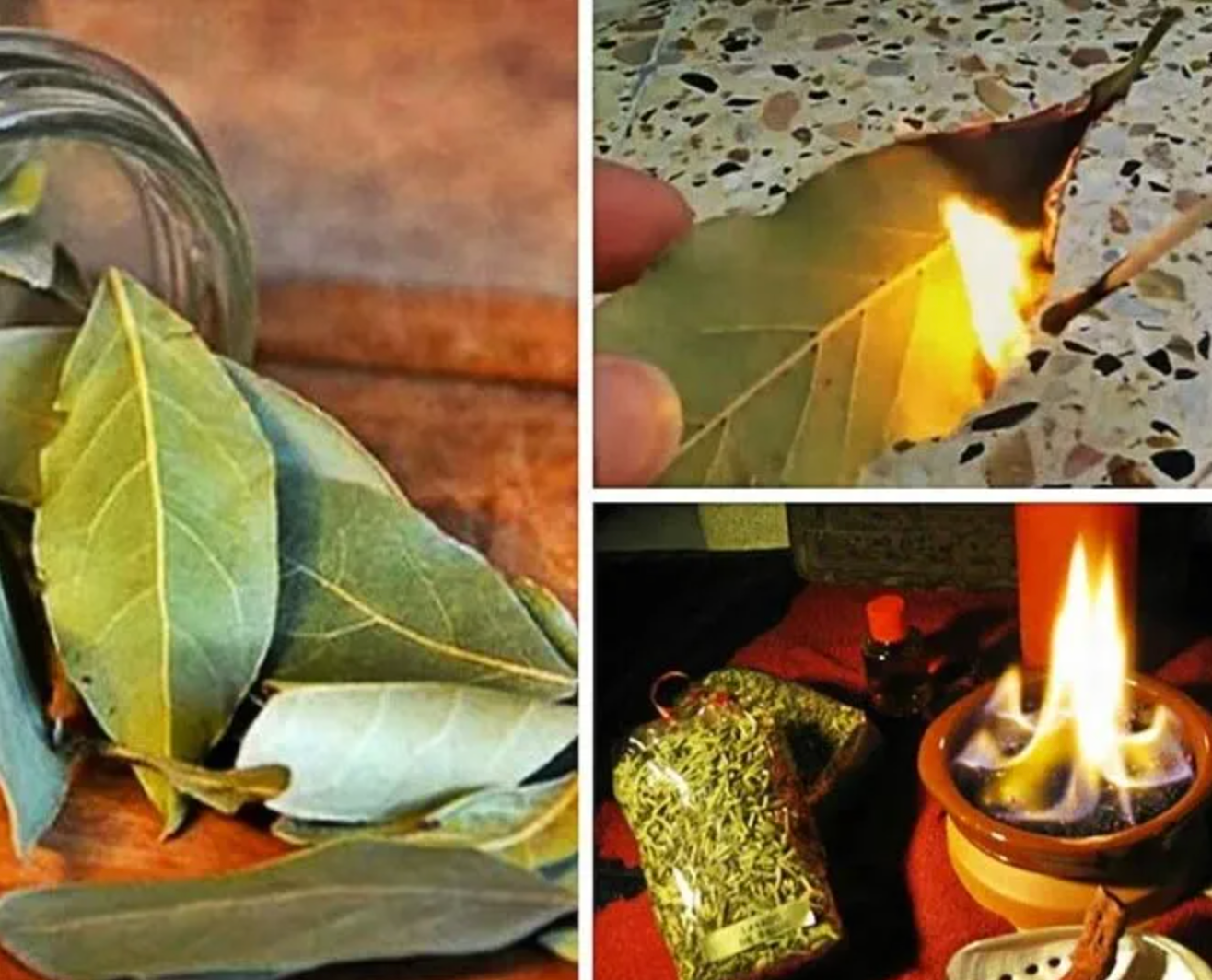
This year’s Olympics are now in full swing and it’s all eyes on the athletes.
From archery and shooting to athletics and gymnastics, there’s all kind of sports taking place across Paris, France, at the moment.
One fan-favorite sport to watch is the swimming, and this year there’s a whopping 854 athletes from 187 different countries competing.
But there’s a common theme you might have spotted with some of the swimmers and that’s the unusual dark red circles they have on their backs.

While it might look like they’ve had a fight with an octopus and lost, there’s a very different reason for the odd markings.
It turns out that the large spots are from cupping therapy – an ancient healing technique that involves placing cups on the skin to create suction and increase blood flow to the area.
The unconventional method is supposed to help with muscle recovery and is used as a type of deep tissue massage.
Some athletes were spotted with cupping therapy bruises back at the Rio Olympics in 2016, and it’s still seemingly popular now.

Gymnast Alexander Naddour told USA Today back in 2016 that cupping was supposedly the ‘secret’ to his health.
He added: “It’s been better than any money I’ve spent on anything else.”
Away from the Games, basketball player Kyle Singler has also praised cupping therapy.
“The bruises do look more intense than what they actually feel like, but the benefit from it is really great,” he previously insisted.
Singler continued to tell Sports Illustrated: “You’re not necessarily getting the immediate response that you might want but over time it does help with recovery and loosening tissue and stuff like that.”
But does cupping therapy actually work according to experts? It’s seems as if the jury’s still out.

According to Harvard Health, some studies have found that cupping might provide some relief for a number of musculoskeletal and sports-related conditions. The quality of this evidence was ‘limited’, however.
Elsewhere a 2022 review found that wet (as opposed to dry cupping) was effective for lower back pain.
While the bruises people get from cupping are pretty gnarly, the therapy is generally seen as safe to practice – even if people aren’t 100 percent on how affective it is.
“Most experts agree that cupping is safe. As long as those treated don’t mind the circular discolorations (which fade over a number of days or weeks), side effects tend to be limited to the pinch experienced during skin suction,” Harvard Health explains.
“It’s quite unusual that cupping causes any serious problems (though, rarely, skin infections have been reported).”
There you have it, folks.
6 Amazing Benefits of Burning bay Leaves
Bay leaves, a commonly used culinary herb known for its ability to impart flavor to various dishes, have been valued for their aromatic properties since ancient times. However, you may be pleasantly surprised to learn that burning bay leaves can offer a wide range of benefits beyond their use in the kitchen. In this article, we will explore six remarkable advantages of burning bay leaves and how this simple practice can significantly enhance your well-being.
Aromatherapy and Relaxation:

Burning bay leaves releases a delightful and soothing aroma that can create a serene atmosphere in your home or workspace. This fragrance is associated with stress reduction, anxiety relief, and relaxation. Inhaling the scent of burning bay leaves has the potential to uplift your mood and promote a calming environment, making it an excellent addition to your self-care routine.
Improved Respiratory Health:
The smoke produced when burning bay leaves contains beneficial compounds like eucalyptol and linalool, known for their respiratory benefits. Inhaling these compounds can help relieve congestion, open up airways, and provide relief from respiratory conditions such as coughs, colds, and bronchitis. Burning bay leaves can be particularly helpful during the winter months when respiratory issues are common.

Natural Insect Repellent:
Bay leaves possess natural insect-repellent properties, making them valuable for keeping bothersome insects at bay. Burning bay leaves can effectively deter mosquitoes, flies, and other pests due to the presence of essential oils like eugenol and myrcene. Instead of using chemical-laden repellents, consider using bay leaves as an eco-friendly alternative to maintain an insect-free environment.
Enhanced Focus and Mental Clarity:
The aroma produced by burning bay leaves is believed to enhance mental clarity and concentration. This scent can help declutter your mind, improve focus, and boost cognitive function. If you find yourself dealing with mental fatigue or distractions, burning bay leaves can create an environment conducive to increased productivity and mental alertness.

Spiritual and Ritualistic Practices:
Burning bay leaves holds cultural and spiritual significance in various traditions. It is believed to purify the air, dispel negative energy, and promote spiritual well-being. The ritual of burning bay leaves can be incorporated into meditation, ceremonies, or rituals to create a sacred space, encourage introspection, and invite positive energies into your surroundings.
Natural Air Freshener:
Thanks to their delightful fragrance, burning bay leaves can serve as a natural air freshener, effectively eliminating unwelcome odors from your living space. Whether you’re dealing with cooking odors, stale air, or simply want to infuse your environment with an inviting aroma, burning bay leaves can neutralize unpleasant scents and leave behind a refreshing fragrance.

Precautions:
While burning bay leaves offers numerous benefits, it’s essential to exercise caution and follow safety guidelines. Ensure proper ventilation when burning bay leaves and keep a safe distance from flammable materials. Always supervise the burning leaves and never leave them unattended. Individuals with respiratory conditions or sensitivities should seek advice from a healthcare professional before engaging in bay leaf burning.
Burning bay leaves is a straightforward yet impactful ritual that can significantly enhance your overall well-being. From promoting relaxation and mental clarity to providing respiratory relief and acting as a natural insect deterrent, the benefits of burning bay leaves are diverse and plentiful. Incorporate this age-old tradition into your daily routine and experience the remarkable effects of this natural remedy. However, prioritize safety and seek professional advice when necessary. Embrace the aromatic and therapeutic qualities of bay leaves, and unlock a realm of advantages within the comfort of your home.



Leave a Reply